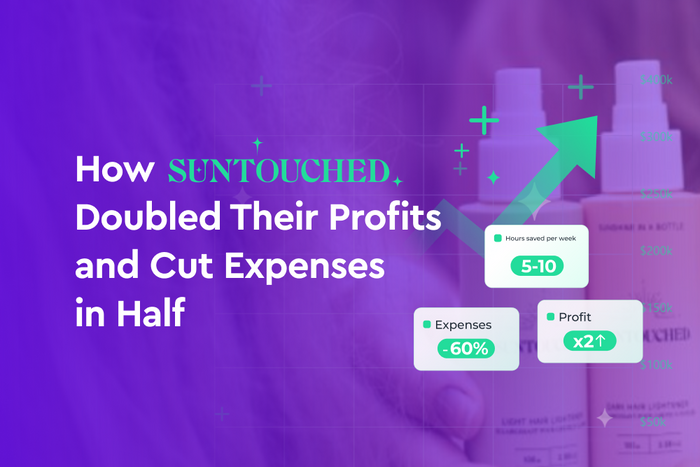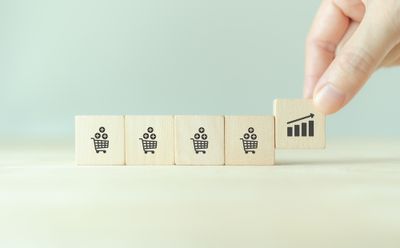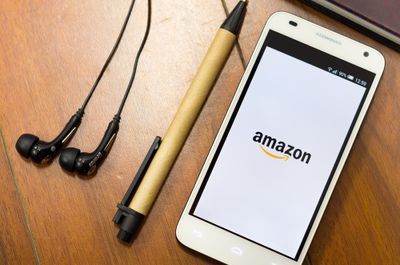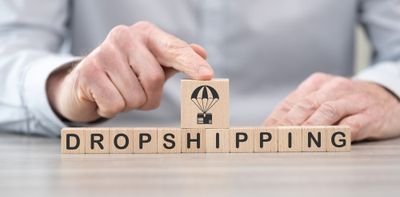Profit Analytics Blog
Read expert articles with insights about e-commerce profitability from analyzing thousands of e-commerce businesses' data.
Profit optimization
5 Simple Advertising Techniques to Increase Shopify Incremental Profit MarginsShopify is a dominant platform in the e-commerce market. It holds 10% of the global e-commerce tech market and, in 2022, had a total revenue of $5.6 billion. But poor advertising can lead to low salesMay 4, 2023












